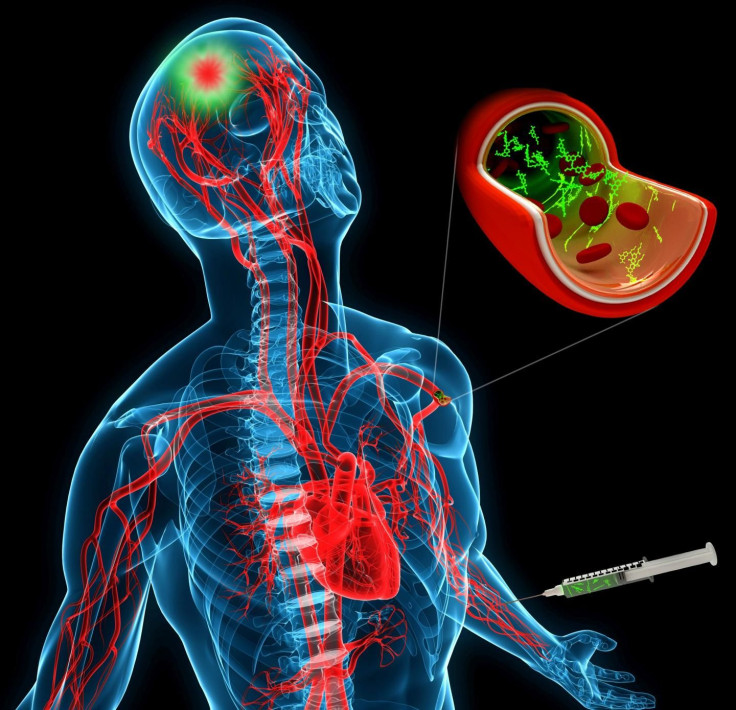New Technology Delivers Drugs To Traumatic Brain Injury Patients Intravenously, Reduces Invasiveness

Traumatic brain injuries come in many forms, from a mild concussion caused by playing football to a blow in a violent car crash that leads to unconsciousness and memory loss. These injuries can be difficult to treat without causing undesirable side effects, but a new technology may help doctors deliver helpful drugs to specific areas of the brain without invasive techniques.
About 2.5 million Americans experience traumatic brain injuries every year, and unfortunately, the initial injury cannot be repaired. On the other hand, the damaging effects that follow, such as inflammation, high levels of free radicals, and signaling difficulties that could lead to cell death, can be minimized. There are more than 100 compounds in preclinical tests for lessening brain damage after injury. Delivering them to the damaged areas, however, isn’t an easy task.
“Current interventions for acute brain injury are aimed at stabilizing the patient by reducing intracranial pressure and maintaining blood flow, but there are no approved drugs to stop the cascade of events that cause second injury,” said Dr. Aman Mann, first author of the study, in a statement.
Directly injecting drugs into the brain is highly invasive and can lead to complications, according to the study’s lead researcher, Dr. Erkki Ruoslahti. The researchers’ goal was to find an alternative.
“We have found a peptide sequence of four amino acids: cysteine, alanine, glutamine, and lysine ... that recognizes injured brain tissue,” said Ruoslahti, a professor at the Sanford Burnham Prebys Medical Discovery Institute. “This peptide could be used to deliver treatments that limit the extent of damage.”
Ruoslahti said the new technique would allow doctors to administer drugs intravenously. Following a brain injury, large, sugar-coated proteins called chondroitin sulfate proteoglycans increase around the injury site. The peptide binds to them, and they carry the drug-loaded package to the damaged areas, an effect the researchers saw in human brain samples as well as mouse models.
“This peptide could also be used to create tools to identify brain injuries, particularly mild ones, by attaching the peptide to materials that can be detected by medical imaging devices,” Ruoslahti said. “And, because the peptide can deliver nanoparticles that can be loaded with large molecules, it could enable enzyme or gene-silencing therapies.”
The team is currently testing the technology in animal models of other central nervous system injuries, including multiple sclerosis and spinal cord injuries.
Source: Mann A, Scodeller P, Hussain S, Joo J, Kwon E, Braun G, et al. A Peptide for Targeted, Systemic Delivery of Imaging and Therapeutic Compounds Into Acute Brain Injuries. Nature Communications. 2016.



























